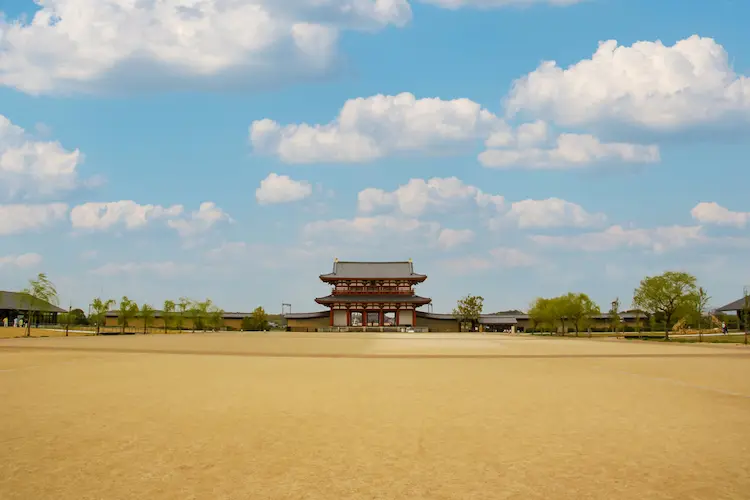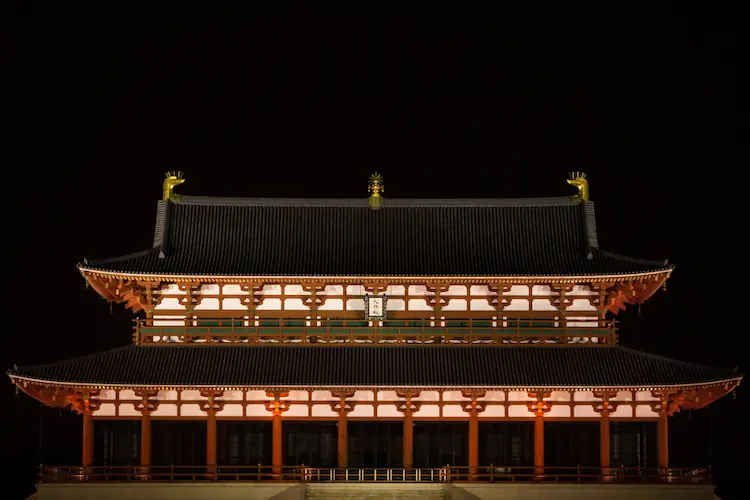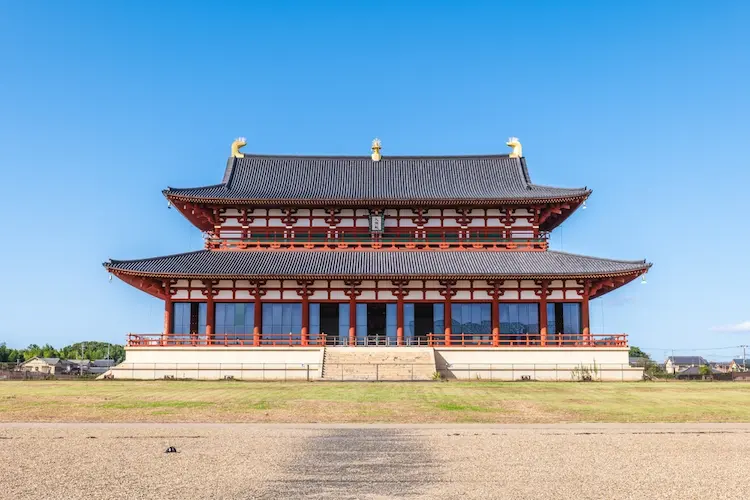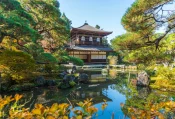Exploring the Heijo Palace Ruins: Uncover the Ancient Capital of Nara, Japan
Nara, Japan’s first permanent capital, is a city brimming with historical and cultural significance. Among its many historical sites, the Heijo Palace Ruins stand out as a symbol of the grandeur and complexity of the Nara Period. Once the political and cultural heart of ancient Japan, this site now offers a unique glimpse into the past. This article invites you to explore the hidden charm of the Heijo Palace Ruins and to reflect on the legacy of Japan’s ancient capital.
A Brief History of Heijo Palace
Heijo Palace was established in 710 AD when Nara was chosen as Japan’s first permanent capital. As the center of political and administrative power, the palace was the stage for many significant developments in Japanese history, including the establishment of a centralized government. The Nara Period, lasting until 794 AD, was a time of cultural flourishing, influenced by the introduction of Buddhism and the Silk Road. The palace’s vast grounds were once filled with grand buildings, bustling with officials, artisans, and traders. Today, the Heijo Palace Ruins are recognized as a UNESCO World Heritage Site, preserving the memory of this influential era.
What to Expect When Visiting Heijo Palace Ruins
At first glance, the Heijo Palace Ruins might seem underwhelming. The vast open space, dotted with a few reconstructed structures like the Suzaku Gate, may leave you wondering if there really was once a bustling capital here. I had a similar experience when I first visited. I thought, “Is this it? Was there really a capital city here?” It’s easy to feel a bit let down by the emptiness. But this is where the beauty of Heijo Palace lies—it invites you to imagine, to fill the space with the grandeur of the past.

As you walk through the expansive grounds, it’s hard not to be struck by the sheer scale of the site. While the original buildings are long gone, the reconstructed Suzaku Gate gives a hint of the palace’s former glory. The gate stands tall and majestic, a vivid reminder of what once was. This juxtaposition of past and present is what makes Heijo Palace so intriguing. It’s not just about what you see, but what you imagine.
Discover the Heijo Palace Site Museum
To truly appreciate Heijo Palace, a visit to the Heijo Palace Site Museum is essential. The museum, located near the ruins, offers detailed models and artifacts that bring the ancient capital to life. Through the exhibits, you can see what the palace would have looked like in its prime—grand halls, bustling markets, and intricate gardens.
One of the highlights is a scale model of the entire Heijo-kyo city, complete with miniature replicas of the palace, temples, and residential areas. It’s fascinating to see how this site, now a quiet field, was once a thriving metropolis. The museum also displays various artifacts from the Nara Period, including ceramics, tools, and religious items, offering a tangible connection to the people who once lived and worked here.
The Cultural Significance of Heijo Palace Ruins

Heijo Palace is more than just a historical site; it’s a symbol of Japan’s early efforts to create a unified and sophisticated state. The palace served as the stage for the establishment of many cultural and political practices that still influence Japan today. During the Nara Period, Japan adopted many aspects of Chinese culture, including the layout of its capital, its system of government, and the spread of Buddhism. Heijo Palace was at the center of these transformative changes, acting as a melting pot of ideas and traditions.
The Nara Period also saw the creation of many literary and artistic works that are still revered today. The Heijo Palace Ruins, though now silent, represent a time when Japan was actively defining its cultural identity, blending influences from across Asia with native traditions.
Tips for a Meaningful Visit
Getting to the Heijo Palace Ruins is easy, with direct access from Nara Station and nearby cities like Kyoto and Osaka. I recommend visiting during the cherry blossom season in spring or the autumn foliage season, as the natural beauty of the area adds an extra layer of charm to the experience.
For a more enriching visit, consider timing your trip to coincide with special events or reenactments held at the site. These events often include performances, traditional crafts, and guided tours, providing a deeper understanding of the palace’s history and significance. Be sure to also explore the nearby Nara Palace Site Historical Park and the Heijokyo History Museum for a comprehensive view of the area’s history.
Reflecting on the Past
Visiting the Heijo Palace Ruins is not just about seeing what remains; it’s about connecting with the past. Take a moment to stand in the middle of the vast grounds and imagine the bustling city that once stood here. Picture the palace halls filled with courtiers, the markets alive with traders, and the gardens blooming with exotic flowers.
For me, the experience was humbling. It made me think about the fleeting nature of power and the resilience of cultural heritage. Despite the lack of physical structures, the spirit of Heijo Palace endures, reminding us that even the grandest cities are ultimately defined by the people who inhabit them and the stories they leave behind.
Conclusion
The Heijo Palace Ruins may appear unassuming at first, but they offer a unique opportunity to step back in time and reflect on a pivotal period in Japan’s history. Visiting this site is more than just sightseeing—it’s a chance to connect with the roots of Japanese culture and appreciate the legacy of the Nara Period. If you’re planning a trip to Nara, don’t miss the chance to explore this fascinating site and imagine the ancient capital in all its glory.









